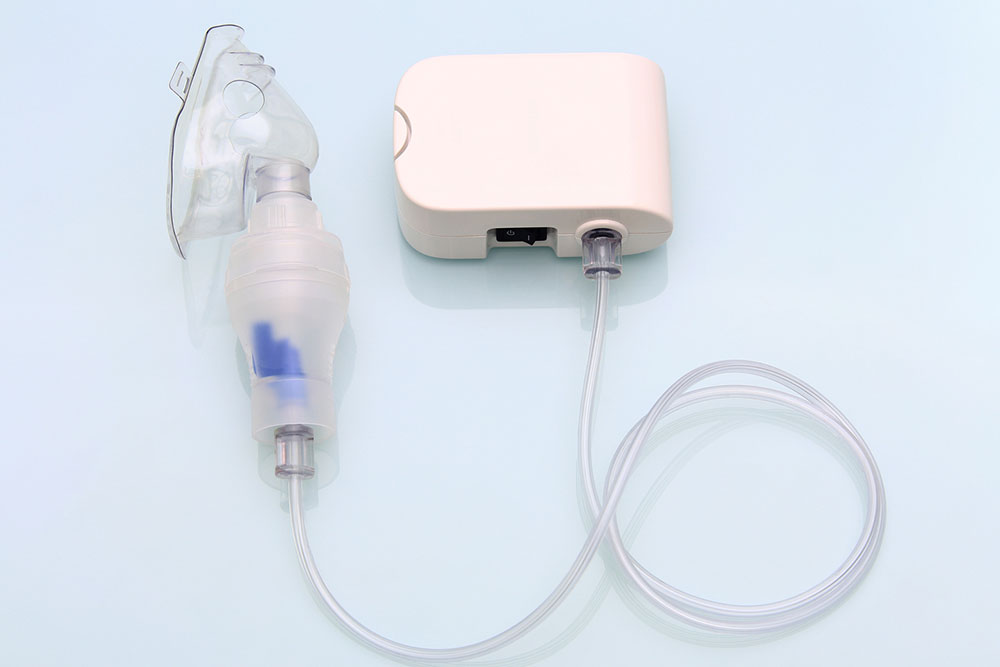8 common early symptoms of Parkinson’s and TD that one may miss

In neurological disorders, Parkinson’s disease and Tardive Dyskinesia (TD) often present apparent symptoms, from tremors to involuntary movements. However, a shadowy realm of silent indicators exists that is easy to miss yet is important for early detection and intervention. This is why understanding these subtle signs can be the key to prompt treatment and improved quality of life for individuals affected by these conditions. Here are ten silent symptoms that both Parkinson’s and TD share.
Micrographia and impaired handwriting
One of the earliest signs shared by Parkinson’s and TD is a change in handwriting. Individuals might notice their writing becoming smaller, cramped, and more challenging to control. This symptom, known as micrographia, stems from motor control difficulties arising from the disorders’ impact on the basal ganglia. While seemingly innocent, paying attention to alterations in handwriting can provide valuable insights into the progression of these conditions.
Soft speech and reduced vocal volume
Parkinson’s and TD often manifest as speech-related challenges. Those affected might speak in a softer tone, and their speech may become less clear over time. This can be attributed to the disorders’ impact on the muscles involved in speech production. Loved ones and caregivers may need to actively listen for these subtle changes, as early intervention in speech therapy can significantly improve communication capabilities.
Facial masking and reduced expressiveness
Both conditions can lead to a reduction in facial expressions, a symptom often referred to as facial masking. This occurs due to a loss of control over facial muscles, making it difficult to convey emotions through expressions. Loved ones may notice that the affected individual’s face appears stiffer and less responsive, indicating a need for further evaluation.
Loss of sense of smell
Anosmia, or the loss of the sense of smell, is another shared symptom. While not exclusive to Parkinson’s or TD, it is an indicator often preceding other noticeable signs. The olfactory system’s involvement in these disorders is a vital factor, and individuals experiencing a significant decline in their sense of smell should consider seeking medical advice.
Sleep disturbances and insomnia
Sleep disorders are common in both Parkinson’s and TD. Individuals may experience difficulties falling asleep or staying asleep, as well as vivid dreams or nightmares. These disturbances can exacerbate other symptoms and significantly impact an individual’s well-being. Recognizing sleep issues and seeking professional guidance can lead to more effectively managing these conditions.
Loss of fine motor skills
Fine motor skills, which involve the coordination of small muscle movements, can be subtly affected by both Parkinson’s and TD. Tasks like buttoning a shirt, tying shoelaces, or handling small objects may become progressively more challenging. These changes might initially be attributed to aging, making them easy to overlook.
Postural instability and balance problems
Issues with balance and stability are hallmark symptoms of both Parkinson’s and TD, but in the early stages, they may not be as pronounced. Individuals might find it slightly harder to maintain balance or notice a slight unsteadiness when standing or walking. Regular monitoring of these aspects can aid in the timely implementation of exercises and therapies to mitigate further decline.
Cognitive changes and memory impairment
While primarily associated with Parkinson’s, cognitive changes can also be present in cases of TD, especially in more advanced stages. Individuals might experience difficulties with memory, attention, and executive functions.

